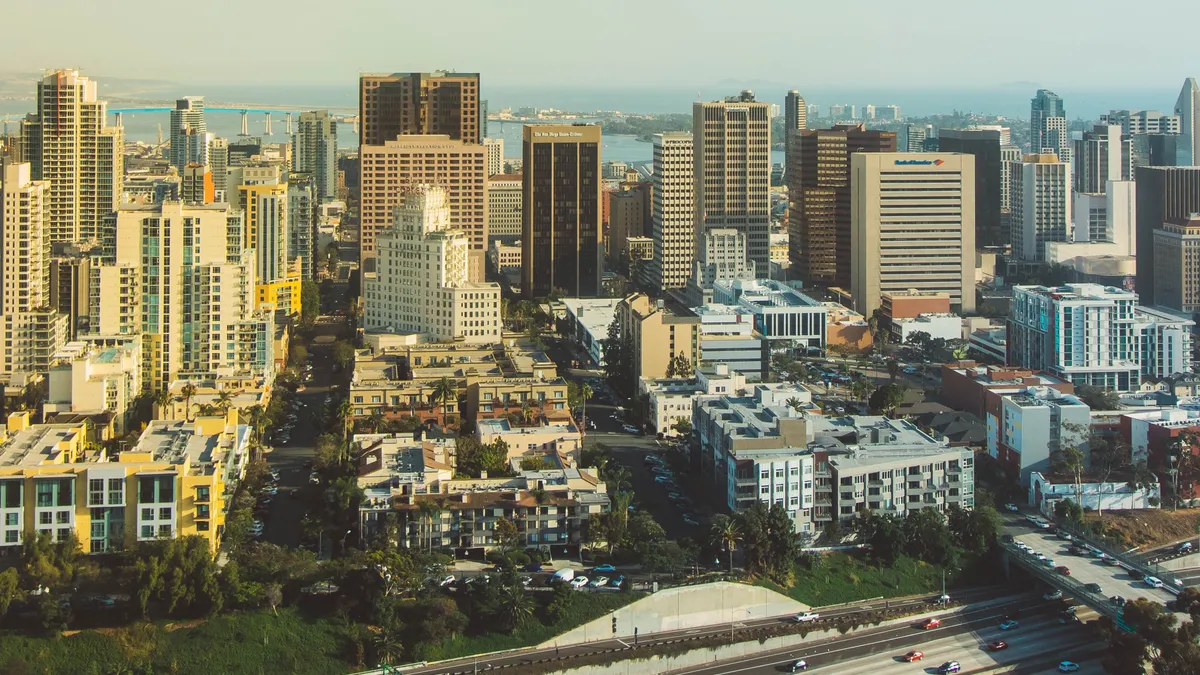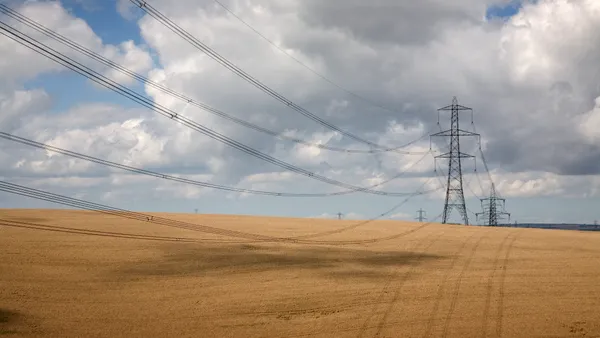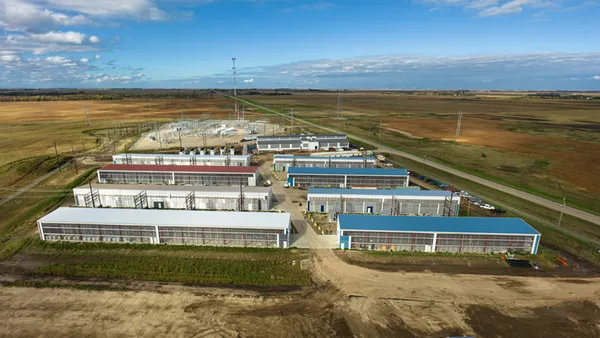The following is a contributed article by J. Andrew McAllister, a Commissioner on the California Energy Commission and Ted Lamm, a climate policy researcher at UC Berkeley School of Law. Lamm co-authored the new report, Low Income, High Efficiency.
Nearly 40% of Californians qualify as low-income. These residents are the most likely to suffer from harmful air quality and the disproportionate impacts of climate change. Yet they are unfortunately also the most likely to miss out on the benefits California's programs and dollars aimed at addressing climate change and air pollution.
Critically, this includes the state's efforts to boost energy-saving retrofits of low-income buildings, such as through efficient lighting, improved insulation of walls, and new heating and air conditioning systems.
State lawmakers, energy regulators, local governments and industry leaders must not leave California's nearly 15 million low-income residents behind as the state pursues its climate and energy goals, which include doubling the rate of energy efficiency savings in buildings, reducing greenhouse gas emissions 40% below 1990 levels by 2030 and achieving statewide carbon neutrality by 2045.
Nowhere is this task more urgent than in the energy efficiency of housing.
Low-income families spend twice as high a portion of their incomes on energy as higher-income families and are three times as likely to have their service disconnected for inability to pay. They often live in buildings that are older and in ill repair and are much more likely to rent rather than own.
Further, they may have less ability to cool homes during summer and heat them during winter, resulting in both discomfort and lower indoor air quality due to lack of filtration — which can lead to increased risk of respiratory and cardiac illness.
Helping increase efficiency
These negative factors compound to result in real economic and health burdens and ultimately lower quality of life. Helping low-income residents increase efficiency would reduce these disproportionate burdens. It would also reduce California's carbon emissions: the residential sector accounts for 18% of statewide energy consumption, and energy efficiency is one of the most cost-effective means of achieving our climate goals.
However, low-income Californians face a distinct series of barriers to accessing energy efficiency, including limited capital to fund projects, older buildings that require deeper retrofits, and complex financing and ownership arrangements for the multifamily buildings that house approximately half of these residents.
In response, California legislators, utilities and regulators like the Public Utilities Commission and Department of Community Services and Development have developed a series of programs to help low-income residents and owners design and pay for efficiency retrofit projects, using hundreds of millions of dollars from utility ratepayers and cap-and-trade system proceeds.
But identifying, accessing and combining these incentives can be prohibitively complex and time-consuming, and the rebates may still be too small to drive substantial participation. The result harms residents' health and pocketbooks and impedes achievement of our state climate goals.
Accelerating GHG reductions
California policymakers can address these inequities and accelerate greenhouse gas emissions reduction with a series of reforms, including:
- Creating a "one-stop shop" to administer all efficiency incentive programs, which would streamline access for low-income residents and owners in particular and reduce the complexity of major projects.
- Developing financing mechanisms such as "pay as you save" and third-party "energy budget" arrangements that use utility bills to attract private capital to efficiency investments, a particular challenge for the low-income sector.
- Updating the building energy code and incentive programs to facilitate projects that radically reduce emissions of greenhouse gasses and criteria pollutants that harm resident health.
These changes are just a few that state leaders could make on behalf of California's low-income residents. In addition to improving resident quality of life, investing in these buildings can also be a source of high-quality local jobs. Doing so will help not only to achieve the state's ambitious climate goals over the next decade but also to preserve affordable building stock in a time of high housing costs and inequality.
California policymakers now have a tremendous opportunity to benefit all Californians — particularly those who are most at risk from the long-term consequences of climate change and face health and economic challenges today.














